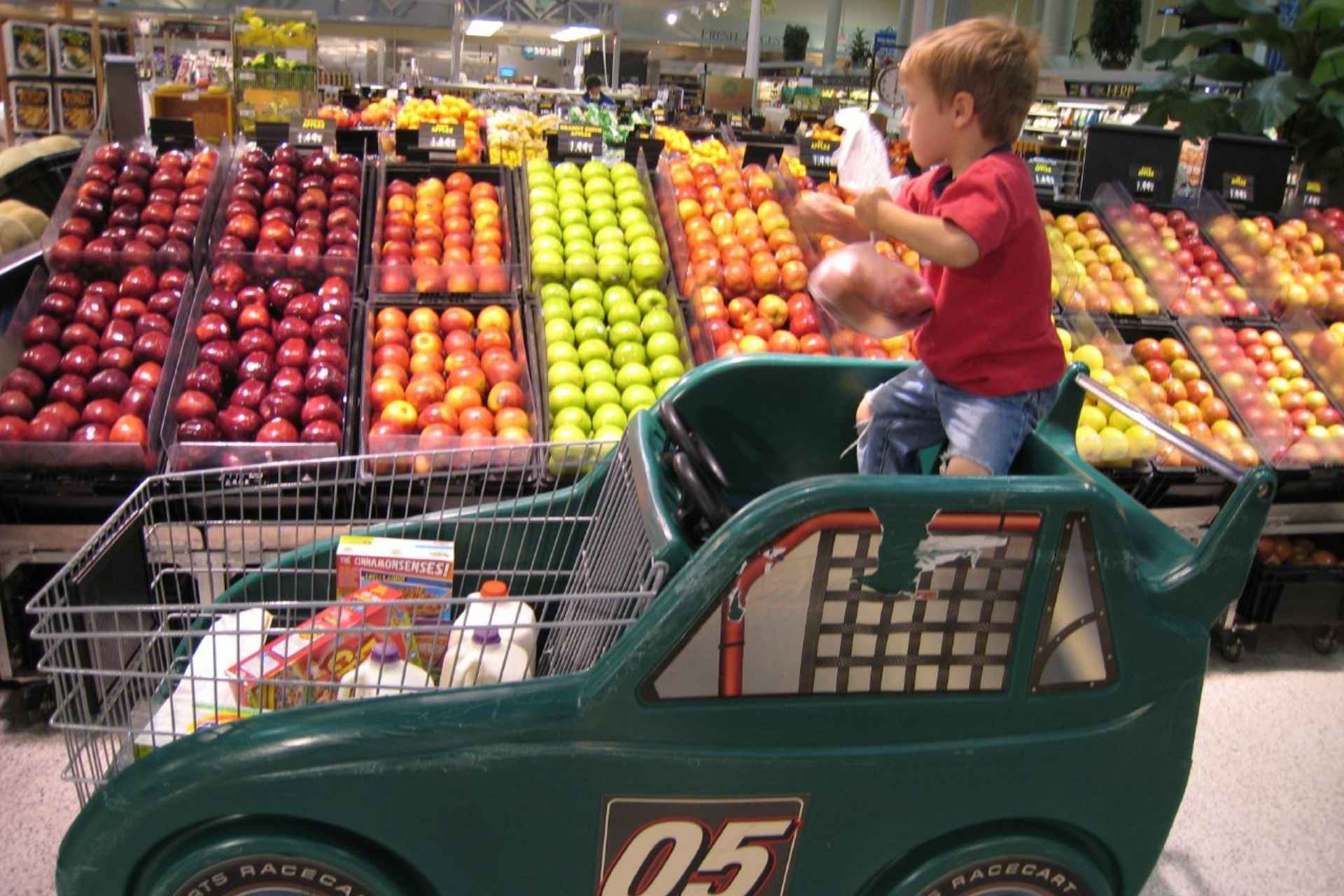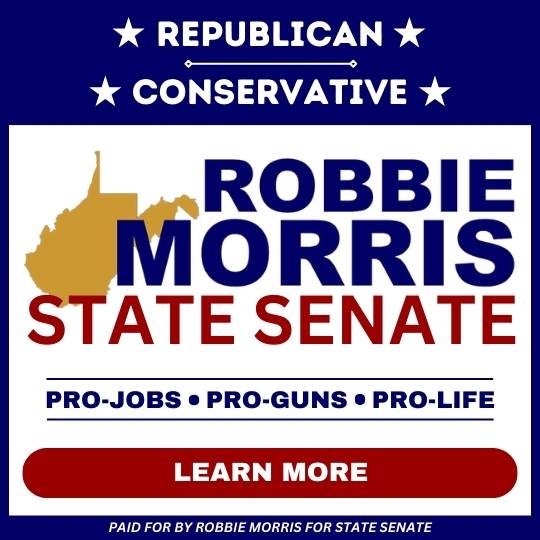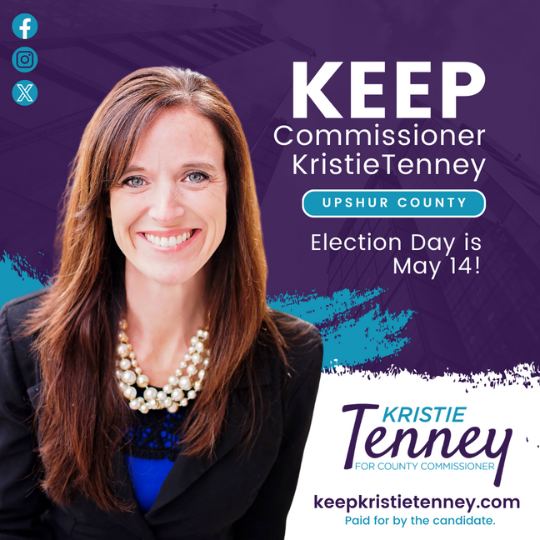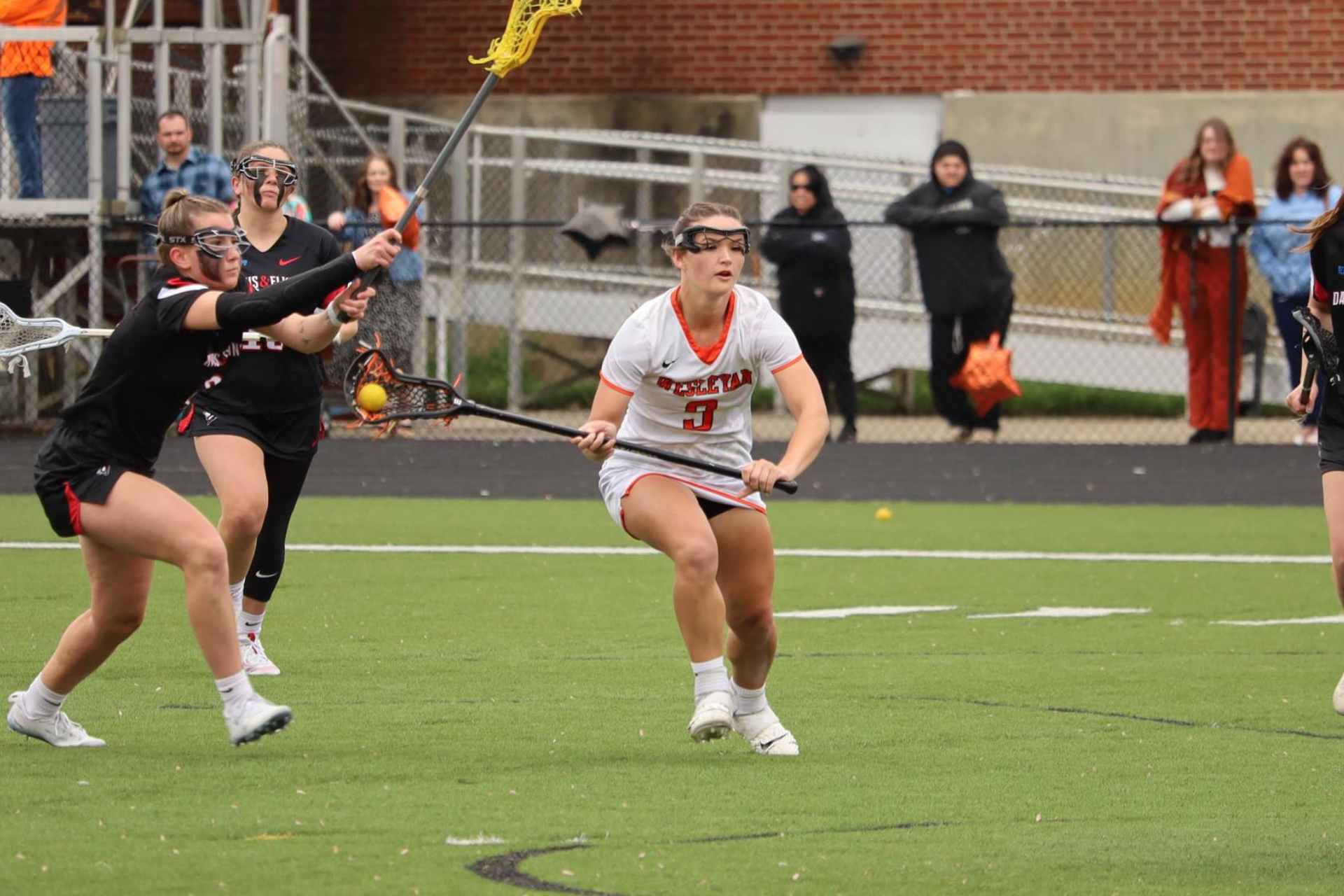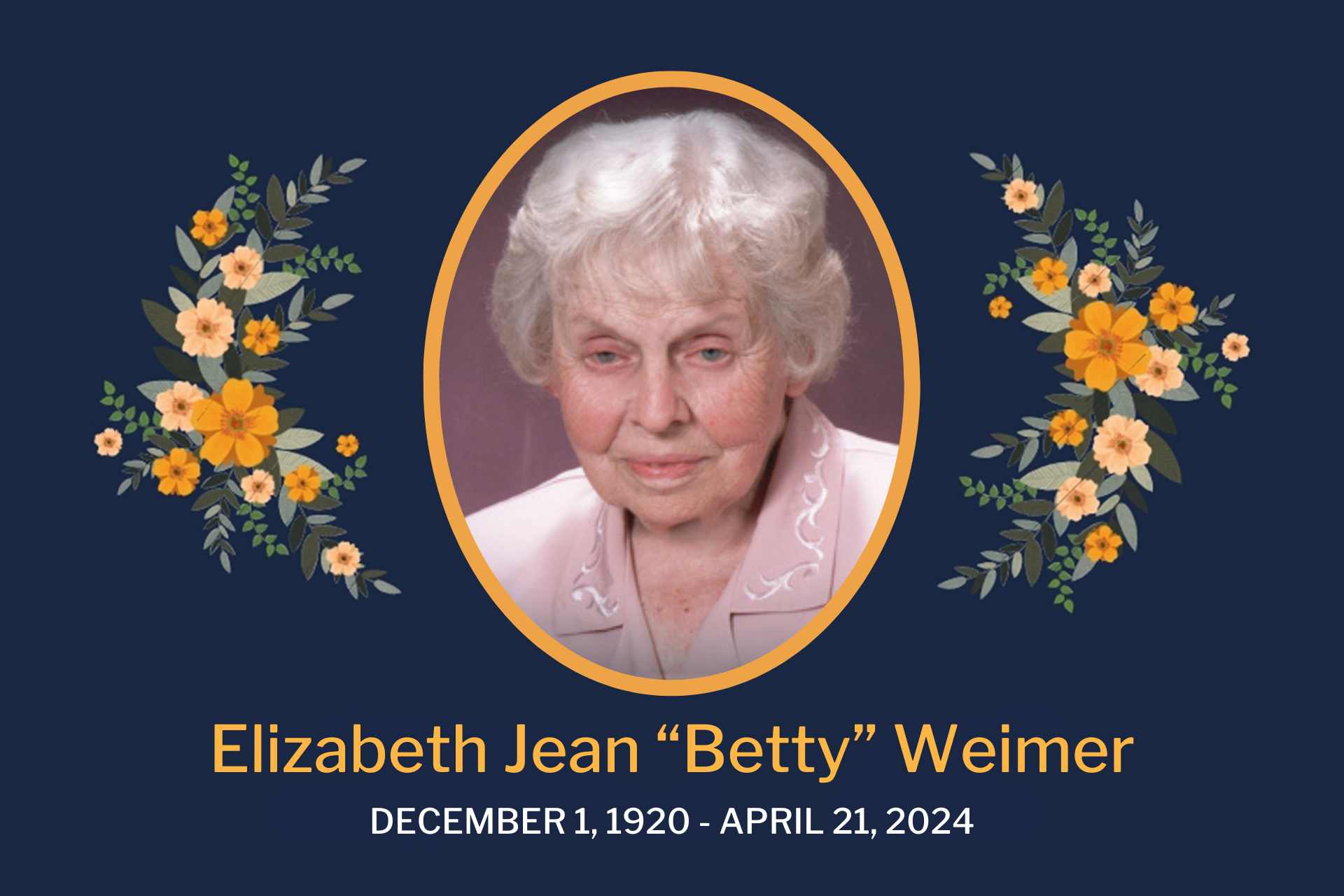Editor’s note: This story was originally published by Mountain State Spotlight. Get stories like this delivered to your email inbox once a week; sign up for the free newsletter at https://mountainstatespotlight.org/newsletter
By Amelia Ferrell Knisely, Mountain State Spotlight
West Virginia is sitting on more than $110 million in unspent welfare funds from a federal program that gives families — mostly children — money for essentials like food, clothes and rent.
Meanwhile, state food banks reported soaring hunger numbers amid the pandemic, and in December, nearly 40% of West Virginians were behind on rent and in danger of losing their housing, according to the U.S. Census Bureau. West Virginia is one of the nation’s poorest states.
Yet, the money sat largely untouched.
The federal emergency relief program is known as Temporary Assistance for Needy Families, and it goes by the name WV Works in the state. It provides short-term assistance to families with children who are typically already in need of other welfare programs. States oversee their own spending of the money, which can pay for a wide range of programs, including giving cash to struggling families, funding parts of the state’s foster care system and paying for early education programs.
In December, more than 5,500 West Virginians received TANF benefits.
Jenny Holcomb wasn’t one of them. Holcomb and her family, who live in Ansted in Fayette County, haven’t been able to access TANF for years, despite their need.
Holcomb is a stay-at-home mom; she’s the full-time caregiver for 12-year-old CJ, who has autism and Type 1 diabetes.
“I have to be on call 24/7. If he has an accident at school, I have to go to school and clean him up,” Holcomb said.
She said her family lost TANF benefits when her husband began receiving $554 a month in Social Security benefits, which she said put her family over the income eligibility for the program. Her husband works security for large events in Charleston and makes $170 to $400 per event, she said.
The family struggles to buy food and medical supplies for CJ, like diabetic socks, glucose test strips and alcohol pads.
“TANF would make a difference,” Holcomb said.
Federal data released in October 2021 showed that the West Virginia Department of Health and Human Resources already had more than $100 million carried over from previous fiscal years, which contributed to the current $110 million unused balance. While legally the block grants can be carried over and set aside for rainy day funds, policy experts raised concerns about such a large sum of money sitting around as more West Virginia families have turned to food banks to eat and the pandemic continues to strain families financially.
There are also concerns that declining TANF numbers are due to program barriers — not an indication of fewer families in need of help.
“When you have a state like West Virginia where the child poverty rate is high, you have to wonder why West Virginia isn’t spending those dollars — especially during the pandemic,” said Ashley Burnside, a policy analyst at the Center for Law and Social Policy, a national advocacy nonprofit for low-income Americans.
TANF funding education programs, child welfare system and more
Untapped TANF funds are a nationwide issue, and ProPublica reported in December that states were sitting on $5.2 billion in TANF reserves amid rising poverty.
While policy experts said a rainy day TANF fund makes sense, particularly for unexpected events like a pandemic, the wide range of uses for the money means states can sit on large sums of money despite need.
DHHR oversees West Virginia’s distribution of the state’s annual TANF block grant. Allison Adler, DHHR spokeswoman, denied interview requests for this story.
In an email, Adler said the surplus funds are due to having more money than there are allowable expenses for the funds.
Burnside emphasized that states have flexibility in how they spend the federal dollars, which are doled out each year, as long as they meet the TANF program’s four goals as outlined in the original 1996 federal welfare reform legislation. Those goals include assisting needy families so children can be cared for in their own homes, and helping parents move on from federal assistance by connecting them with jobs.
There are a wide variety of programs West Virginia could spend the millions in TANF money on. The state’s 2021 TANF plans showed that along with cash payments to families, the state planned to use the money on job readiness programs, pre-employment medical screenings, a program that helps mothers recovering from opioid addiction, and support for students at the state’s community and technical colleges.
TANF money also funds parts of the state’s overburdened child welfare system.
In 2020, West Virginia spent $26 million — nearly 20% — of the $145 million it spent from TANF funds on child welfare; it was one of the largest shares of how the state spent the federal dollars. Adler said the state used the maximum federally allowable amount from TANF dollars on social services.
Zero TANF dollars were used to fund adoption services, according to the state’s spending report.
West Virginia has the nation’s highest percentage per capita of kids in state care.The state is facing a critical child protective workers shortage as the number of foster care kids has risen sharply over the last decade during the state’s drug epidemic.
“It is unconscionable to be having the issues that West Virginia is having with poverty and child welfare and to have $100 million in TANF funds gathering dust,” Seth DiStefano, policy outreach coordinator for the West Virginia Center on Budget and Policy, said. “Some questions have to be asked, specifically around how can this money be used to support families?”
Adler said in an email that with the help of TANF, DHHR is working to expand numerous supportive and preventative programs that may employ licensed social workers.
Some of the money could be spent to find families who aren’t using the money despite the fact that they qualify. TANF helps to fund Legal Aid attorneys in West Virginia who handle child welfare cases; Legal Aid of West Virginia Executive Director Adrienne Worthy says her attorneys help grandparents and relatives raising kids navigate the legal system, including custody cases.
West Virginia is second in the nation for grandparents raising grandchildren, according to Census data. Worthy explained that TANF funds enable these caregivers, including seniors on fixed incomes, to receive free legal help.
She could do more with increased funding, she noted, like upping outreach and services around the state to caregivers.
“They’re hard to reach,” Worthy said.
TANF rules contribute to unspent funds
In other states, lawmakers have stepped in and passed laws to address the unspent TANF reserves. In Tennessee, a state that had one of the country’s largest TANF surpluses, lawmakers mandated working with community partners to spend the state’s $790 million in reserves. ProPublica reported Hawaii will use its surplus to provide diaper assistance to parents receiving TANF who have children.
In an email, Adler said DHHR did not expect its unused TANF balance to grow, in part, due to a move last year to increase West Virginia’s TANF benefit to $417 for a one-person household. It was the first increase in two decades.
“DHHR is exploring other alternative routes to expend these funds to satisfy the various objectives of TANF funding and assist clients in efforts to find work and escape the generational aspects of poverty,” Adler wrote.
Both nationwide and in West Virginia, the number of people on TANF has declined, though experts warned that it wasn’t necessarily an indication of less people in need.
LaDonna Pavetti, the vice president for family income support policy at the Center on Budget and Policy Priorities, attributed part of the decline — despite a pandemic — to unemployment insurance payments made over the last two years and families receiving stimulus money from the federal government.
There are also more restrictive policies in place. Last year, West Virginia lawmakers, who have input into how TANF functions, voted to keep drug testing TANF recipients. The program, according to DHHR leadership, was meant to help get people into treatment. But as of last year, only one West Virginia resident flagged through the program has successfully completed treatment.
Pavetti said a policy like this can deter families from reaching out for help.
She said that in many places, applying for TANF is an “undignified experience.”
“It treats them as if they’re not deserving of help even though people are turning here in a crisis to meet their basic needs,” she said.
Other TANF requirements, including job hunting and employment, have also contributed to the dipping numbers, experts said. Also, West Virginia is one of seven states that prohibits people convicted of a felony from getting TANF benefits.
There’s also the reality, Burnside explained, that applying for the program and keeping up with the requirements wasn’t worth the trouble because the monthly benefit made such a small dent in struggling families’ bills.
“TANF is a very complicated program and for a variety of reasons, it doesn’t reach a lot of families,” she said. “It’s important people understand how it works, who it’s serving and who it’s not serving.”

Jenny Holcomb hasn’t tried to apply for TANF again, despite her family’s need for more financial assistance as they raise their son. She said her local DHHR office doesn’t get back to her when she has called.
“It’s just a hassle,” she said.
She’s not sure how they’ll pay for her son’s needs in the future, as the price of his diabetic supplies have risen since his diagnosis in 2019.
“I haven’t figured out what we are doing yet,” Holcomb said.
Reach reporter Amelia Ferrell Knisely at ameliaknisely@mountainstatespotlight.org
